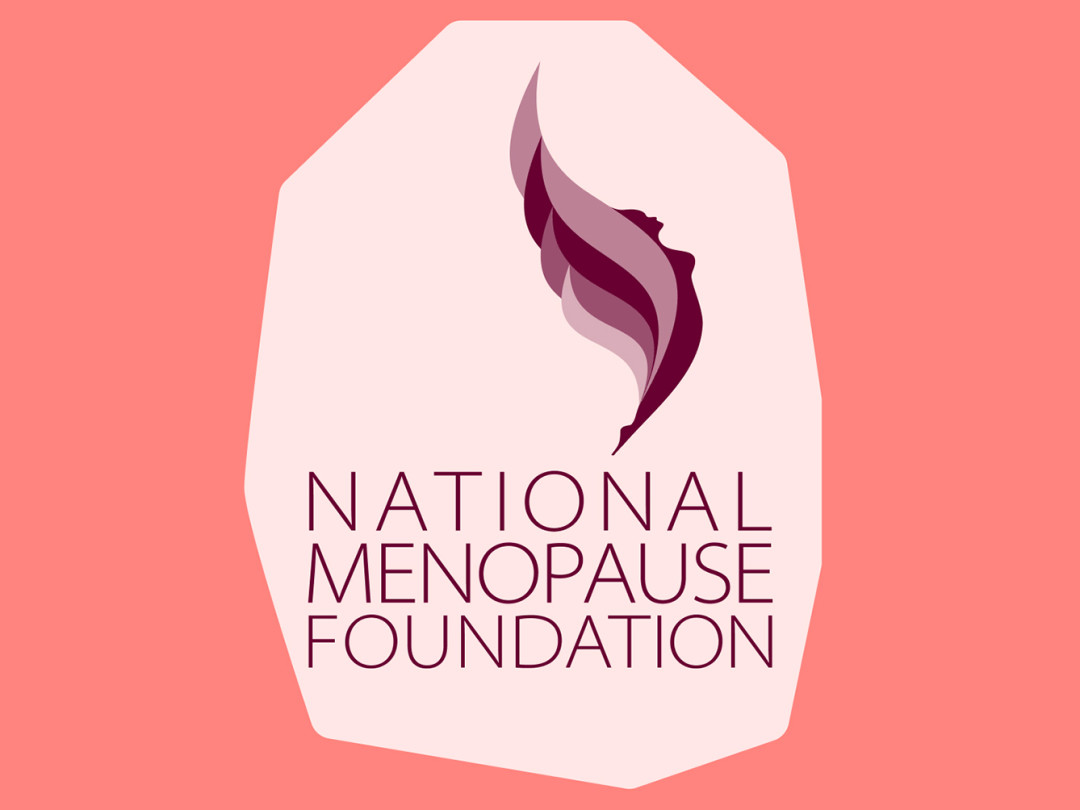#interview
The U.S. Needs to Rethink the Way We Care
voices
·5 min read

by Toni Brannagan | 09/16/2021
For a long time, caregiving has been an undervalued vocation — the labor that goes into caring for families is a necessity that often goes unseen. We also know that care needs in families typically fall on women, and paid care work disproportionately falls on women of color and immigrant women. There’s a reason women’s work in the home is stereotypically not considered *real* work.
As we enter The New Normal™, the opportunity should be taken to reassess our priorities as a society, instead of going back to business as usual. Since 2011, our newest GiveRise partners, Caring Across Generations (CAG), have been harnessing the power of online and grassroots organizing, and calling for policy solutions that enable all of us to live well and age with dignity. They are a national campaign of families, caregivers, people with disabilities, and aging Americans working to transform the way we care in the U.S.
Sadé Dozan, the Senior Director of Development, and Ishita Srivastava, the Culture Change Director, are here to talk to us about redefining the way this nation values caregiving and how Caring Across Generations is leading the charge.
Thinx: Can you tell us more about Caring Across Generations's mission?
Sadé & Ishita: We’re focused on creating change in two ways: fighting for groundbreaking policy at the state level, and changing hearts and minds through powerful storytelling. To achieve our goals, the following cultural shifts need to take place:
We need to shift from a fear and denial of aging to embracing it, so that we can plan for the future.
We need to increase the visibility and valuing of intergenerational relationships.
We need to help people shift from thinking about care and caregiving as an individual, private burden that families need to handle on their own, to thinking about it as a social issue that warrants collective action and public solutions.
We need to get to a place where care is normalized, visible, and spoken about in families, amongst friends, at work, and in mainstream narratives. We need to build a culture that values the need for care, caregivers, and caregiving relationships.
in what ways do you think caregiving is overlooked in the United States? why do you think that is?
The devaluing of caregiving can be seen throughout our country’s history. Starting during chattel slavery, white people have used physical violence and discriminatory laws to create and reinforce the hierarchy of economic work “outside the home” over work done inside the home and out of the public eye. For example, lawmakers excluded domestic workers from fair wages and labor protections offered to other types of workers in New Deal era labor laws.
Even today, care jobs remain poverty-wage jobs (median annual earnings are about $25,280 for home health and personal care aides and $24,230 for childcare workers) which lack benefits such as health insurance, retirement plans and childcare. The very people who care for our nation cannot afford high-quality care for their own families.
In addition to social norms rooted in a racist and sexist history, the dominant American narrative of rugged individualism has been one of the biggest barriers the care movement needs to overcome. This narrative archetype, ubiquitous across cultural stories from religious myths to cult classic movies, has normalized the idea that caring for ourselves, our elders, and our loved ones with chronic illnesses and disabilities is the responsibility of individuals (or families, at most) rather than a collective, social responsibility — a community issue that warrants a public infrastructure solution.
how did the COVID-19 pandemic shine a spotlight on this issue?
We know that the majority of family caregivers are women, and since the pandemic started many have seen their support system crumble: many no longer have access to professional care workers, family members or neighbors that used to provide care support could no longer risk it, and women have to work and care for their children that are home from school and daycare.
The pandemic has only underlined what many caregivers know and face each day — care work is critical to how many families survive. An inability to afford home care or take paid time off to care for loved ones is not a personal failure, but a question of public policy and infrastructure not providing a system that ensures all of us can get the care we need at every stage of our life.
what's your perspective on President Biden's plan for caregivers?
President Biden’s Build Back Better plan, currently being discussed by Congress, includes an unprecedented $400 billion investment in our country’s care infrastructure, specifically for home and community care. This investment will be life-changing for people with disabilities and aging adults, as well as family caregivers and paid care workers (who are disproportionately women of color.)
Care workers will have economic security, dignity, and wages that can support their families. Furthermore, individuals and families who have been waiting far too long for the services they need will finally have access to quality care in their homes and communities.
President Biden’s plans to invest in the human infrastructure at the foundation of our economy are critical to achieving an equitable and lasting economic recovery. This plan would create an estimated 1.1 million jobs and add an estimated $40 billion a year in new income. Congress must seize this unprecedented opportunity to make care jobs good jobs, and provide critical support to millions of American families who rely on Home and Community Based Services to support long-term care needs in the home.
As people live longer, we need to prepare our economy and support families so they can thrive. We’ll need an estimated 4.7 million direct care jobs to fill the demand in the next decade alone. So President Biden’s plan is a critical first step. For all people to access the care they and their families need, we’ll also need to expand childcare and paid medical leave.
how is Caring Across Generations championing the movement for caregivers?
We have been pressuring the White House and Congress to include care infrastructure as part of the nation’s biggest jobs plan since the New Deal. In addition, Caring Across Generations and our sister organization National Domestic Workers Alliance (NDWA) won the $10 million Equality Can’t Wait Challenge Grant to transform attitudes around caregiving, and to build a care infrastructure that uplifts us all. Our project, Building Women’s Equality through Strengthening the Care Infrastructure, was one of just four funded.
As part of our culture change work this year, we also launched a digital campaign: Man Enough to Care, a five-episode miniseries that calls on millennial men to step up and identify themselves as caregivers, and to join a conversation that is beginning to define a new, healthy masculinity rooted in a culture of care. We reached millions of people online, many who shared their own care stories for the first time, lifted up the caregiving men in their lives, and participated in much-needed conversations about how gender norms play out in harmful ways when it comes to care.
More recently, we partnered up with artist Paola Mendoza to produce an art installation called Communities of Care, which can currently be viewed in digital form online. The installation was made up of miniature homes with beautiful and joyful photos of care teams—family caregivers, care workers, and those they care for—covering the outside. Each home also had a QR code that visitors could scan to hear interviews with the people in the photos about their personal stories and what a world with equitable access to care would look like. The mini-houses were set atop a map of the United States, transporting the audience into the reality of care that takes place across the country in our homes and communities, and showcasing the beauty of care while making a case for investments in care infrastructure that support long-term care in the home.
what actions can people take to support caregivers in their lives and workplaces?
Read our blog to hear from caregivers and care consumers about their experiences, find resources, and learn how to make change for caregivers at your workplace.
Add your name to urge Congress to make a full investment in home and community care.
Follow Caring Across Generations on Instagram to keep up with our groundbreaking art and activism.
Donate! Every gift counts as we work to build our resources — create a fundraiser for your birthday, make a gift in honor of a loved one, amplify our work across channels and challenge others to participate in activism through resource building!
This interview has been edited and condensed for clarity.
Toni Brannagan is a writer and was the former Copy and Content Manager at Thinx.
by Toni Brannagan
discover more topics
more from voices

Why We Need to Change the Way We Talk About Periods
by Keeley McNamara, CNM, and Jen Swetzoff
07/17/2023

